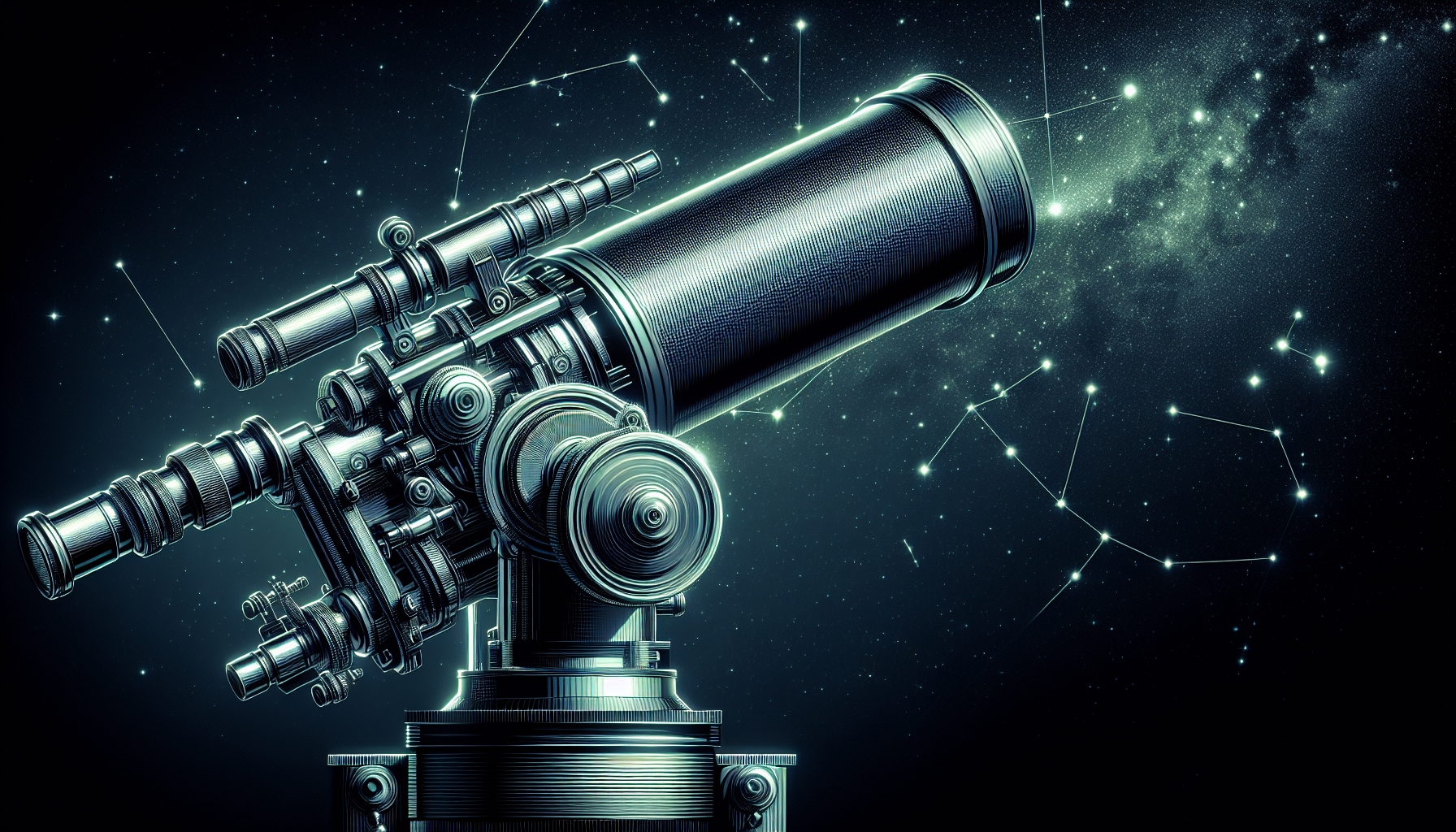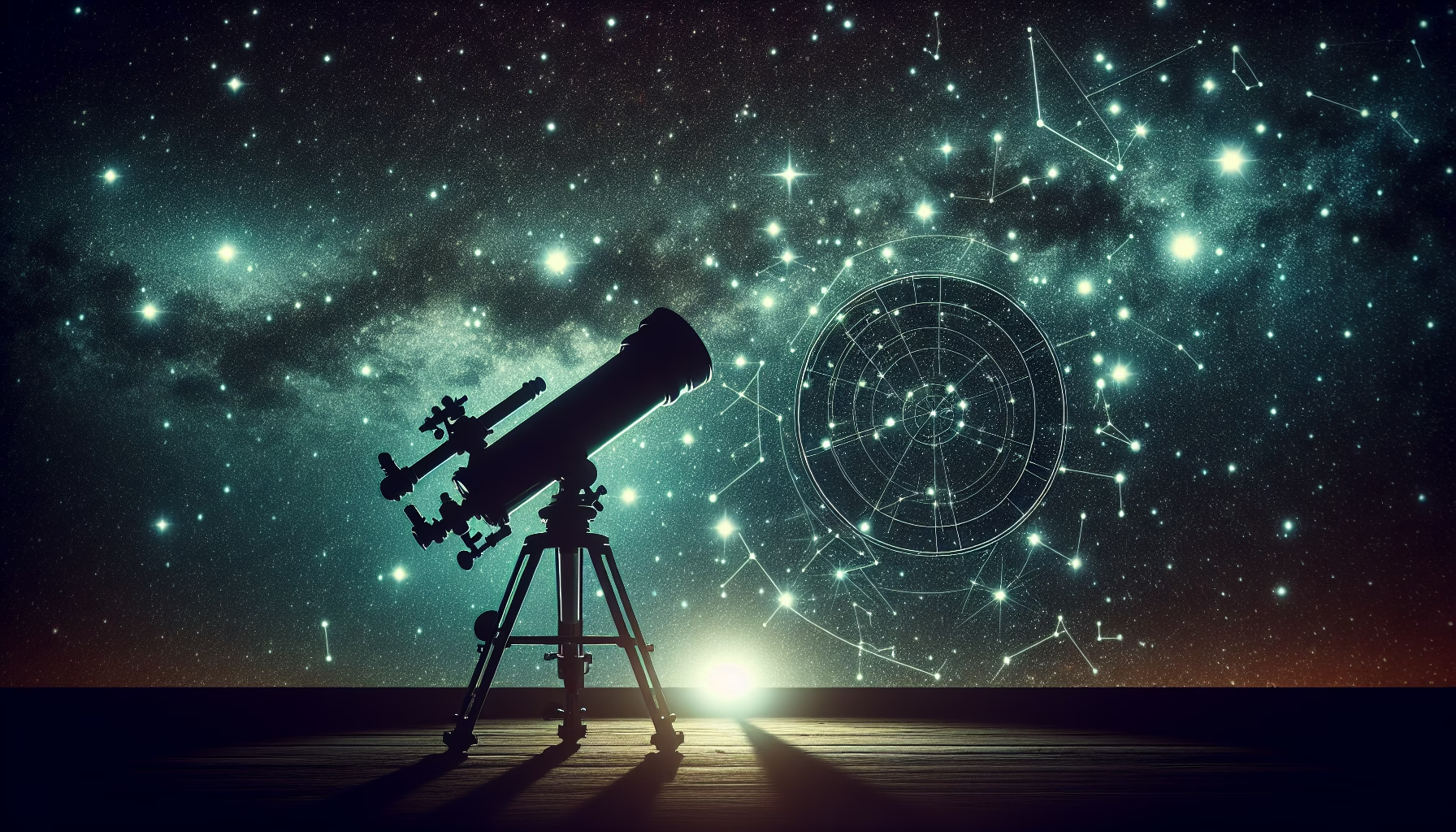Have you ever wondered what lies in the vast tapestry of stars that fill the night sky? It is this celestial expanse that has intrigued humans for millennia, inspiring exploration and wonder. This article aims to shed light on the advanced techniques for star pattern recognition, helping those who gaze skyward understand the constellations that illuminate our universe.

Table of Contents
Understanding the Fundamentals of Star Patterns
Star pattern recognition, fundamentally, is about identifying and cataloging the myriad arrangements of stars. This practice has roots in ancient civilizations where stars guided navigation and sowed mythologies, but it has evolved significantly with technological advancements. The basic premise remains: an arrangement of stars shares identifiable features, whether it’s a familiar constellation or something uncharted.
The Historical Context
Before technology provided telescopic lenses and computer simulations, ancient observers relied on naked-eye observations. Babylonians, Greeks, and other civilizations mapped the sky based on their nightly observations, crafting stories to personify celestial configurations. Today, these ancient practices are the foundation of modern astronomy.
The Role of Modern Astronomy
With improvements in astronomical technology, star maps became richer and more detailed. Astronomy today employs massive telescopes and satellites equipped with advanced imaging sensors, capturing high-resolution images that reveal previously unseen star formations. These tools have transformed star pattern recognition from an art into a science.
Advanced Technologies in Star Pattern Recognition
The tools and techniques used in star pattern recognition are both diverse and sophisticated. Modern astrophysics integrates data from both ground-based and space telescopes, aided by computer algorithms that analyze and identify star configurations efficiently.
Image Processing and Algorithms
Advanced image processing technologies are crucial in star pattern recognition. Algorithms parse through celestial images, detecting star groups based on brightness, position, and movement. High-precision cameras collect data that undergo real-time analysis, allowing astronomers to identify even the faintest stars that might form part of a recognizable pattern.
Machine Learning and AI Integration
Machine learning and AI have become pivotal in modern astronomy. Neural networks are trained on vast datasets of star images, identifying patterns with a precision that far surpasses human capability. These technologies are particularly useful in dealing with vast cosmic scales and the volume of data generated by modern telescopes.

Statistical Methods and Star Patterns
The application of statistical methods has provided a framework for making sense of the vast data involved in star pattern recognition. Statistical techniques aid in understanding the densities and distribution of star formations, providing clearer insights into their nature and origins.
Probabilistic Models
Probabilistic models predict the likelihood of star formations and conjecture new configurations. These models assist in determining how often specific patterns occur, helping to verify or refute astronomical hypotheses about star distribution.
Trend Analysis
Time-series analysis allows astronomers to monitor star movement and changes in brightness over time. By understanding these trends, astronomers can infer the dynamic processes at play in star formations, potentially uncovering new celestial patterns.
Theoretical Perspectives on Star Arrangement
Exploring theoretical approaches allows us to understand the broader implications of star patterns. Each star’s position and movement are affected by a combination of factors, including gravitational forces within galaxies, cosmic events, and the expansion of the universe.
The Gravitational Influence
Gravity plays a crucial role in star formation and alignment. Massive cosmic entities like black holes and neutron stars exert significant gravitational forces, influencing nearby stars’ orbits and consequentially the patterns we see from Earth.
The Role of Cosmic Events
Events such as supernovae and collisions between celestial bodies can lead to the rearrangement of star patterns. Understanding these events helps astronomers predict changes in constellations and identify new patterns that may emerge as a result.

Practical Applications for Astronomy Enthusiasts
For professional astronomers and hobbyists alike, star pattern recognition offers practical applications that extend beyond pure science. Engaging with these patterns can enhance navigation and improve astronomical studies, among other benefits.
Navigational Uses
Historically, star patterns have served as navigation tools for seafarers and explorers, allowing them to traverse great distances. Modern applications have expanded to include using celestial bodies for spacecraft navigation, crucial for missions involving planetary exploration.
Instrument Calibration
Accurate star pattern recognition is vital for calibrating optical and radio telescopes. By using known star formations as reference points, astronomers ensure their instruments provide precise measurements, which are critical for scientific research.
Diverse Perspectives in Celestial Observation
While the science behind star patterns is robust, diverse perspectives contribute significantly to our understanding. Cultural interpretations and subjective observations add layers to how we experience and engage with the night sky.
Cultural Significance
Different cultures interpret star patterns in unique ways, forming a rich tapestry of mythologies and stories. For example, the constellations known to Western astronomy manifest differently in Chinese celestial traditions, highlighting a cultural dimension to star patterns.
Subjective Experience
Each observer brings personal experiences to star pattern recognition. This subjectivity augments the scientific approach, enriching public interest and involvement in astronomy, fostering a sense of wonder and exploration among diverse audiences.

Addressing Common Questions in Star Pattern Recognition
Understanding star patterns also involves addressing common queries enthusiasts might have. Below are some frequently asked questions along with data-driven responses.
FAQ 1: Why do star patterns change over time?
Star patterns change due to celestial movements and the Earth’s axial procession. As stars move relative to our solar system and the Earth’s axial tilt shifts, constellations appear to alter over long timescales.
FAQ 2: Can new star patterns form?
Yes, new star patterns can form due to the birth of stars, gravitational interactions, and cosmic events. This dynamic nature of the universe ensures that star formations are ever-evolving.
FAQ 3: What’s the difference between a constellation and an asterism?
A constellation is a recognized group of stars forming a pattern, usually associated with mythology, whereas an asterism refers to a prominent group of stars that is not officially designated as a constellation, such as the Big Dipper within Ursa Major.
Conclusion and Future Directions
Star pattern recognition remains a fascinating and evolving field, where age-old observations meet cutting-edge technology. The future promises enhancements in AI capabilities and more sophisticated algorithms, offering even deeper insights into the cosmos. As our tools for exploration improve, so too will our understanding, allowing humanity to extend its gaze further into the starry void, revealing the universe’s secrets one pattern at a time. How will these advancements continue to shape our knowledge and appreciation of the universe, and what new stories will the stars tell?
The journey of understanding our celestial environment is ongoing, with every discovery leading to more questions. By harnessing advanced techniques for star pattern recognition, astronomers and enthusiasts alike will continue to expand our knowledge, revealing the vast intricacies of the universe we call home.

